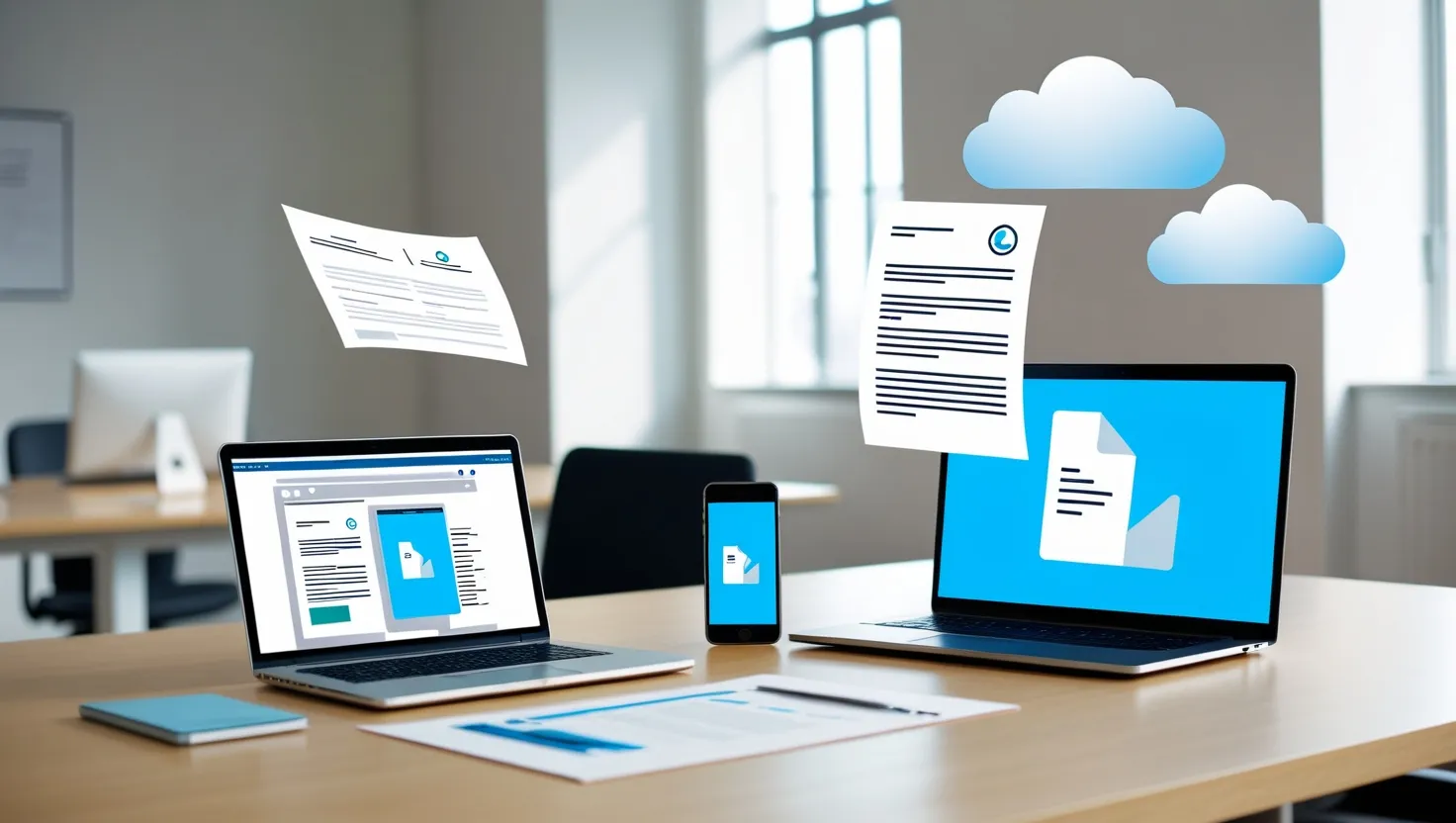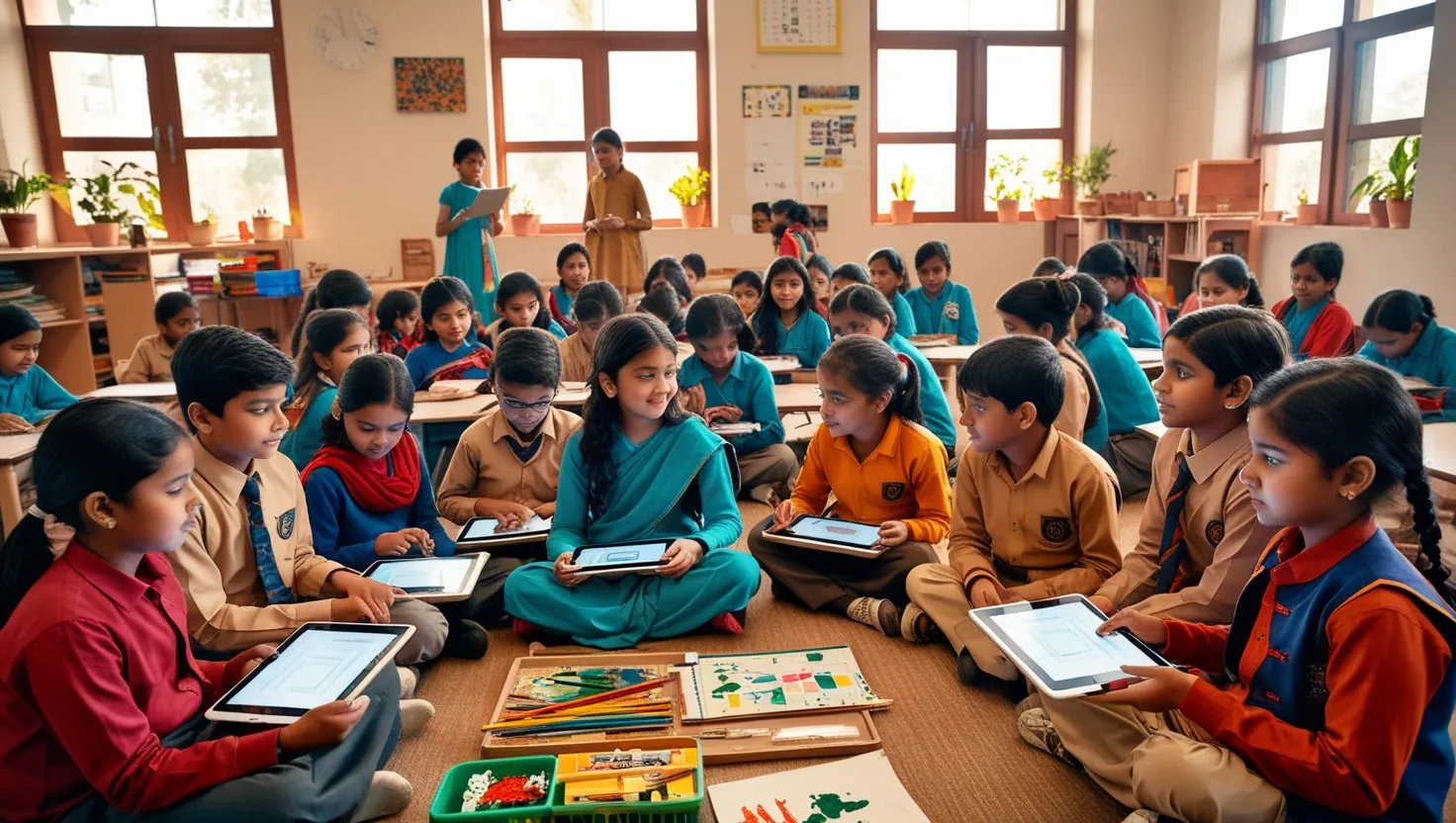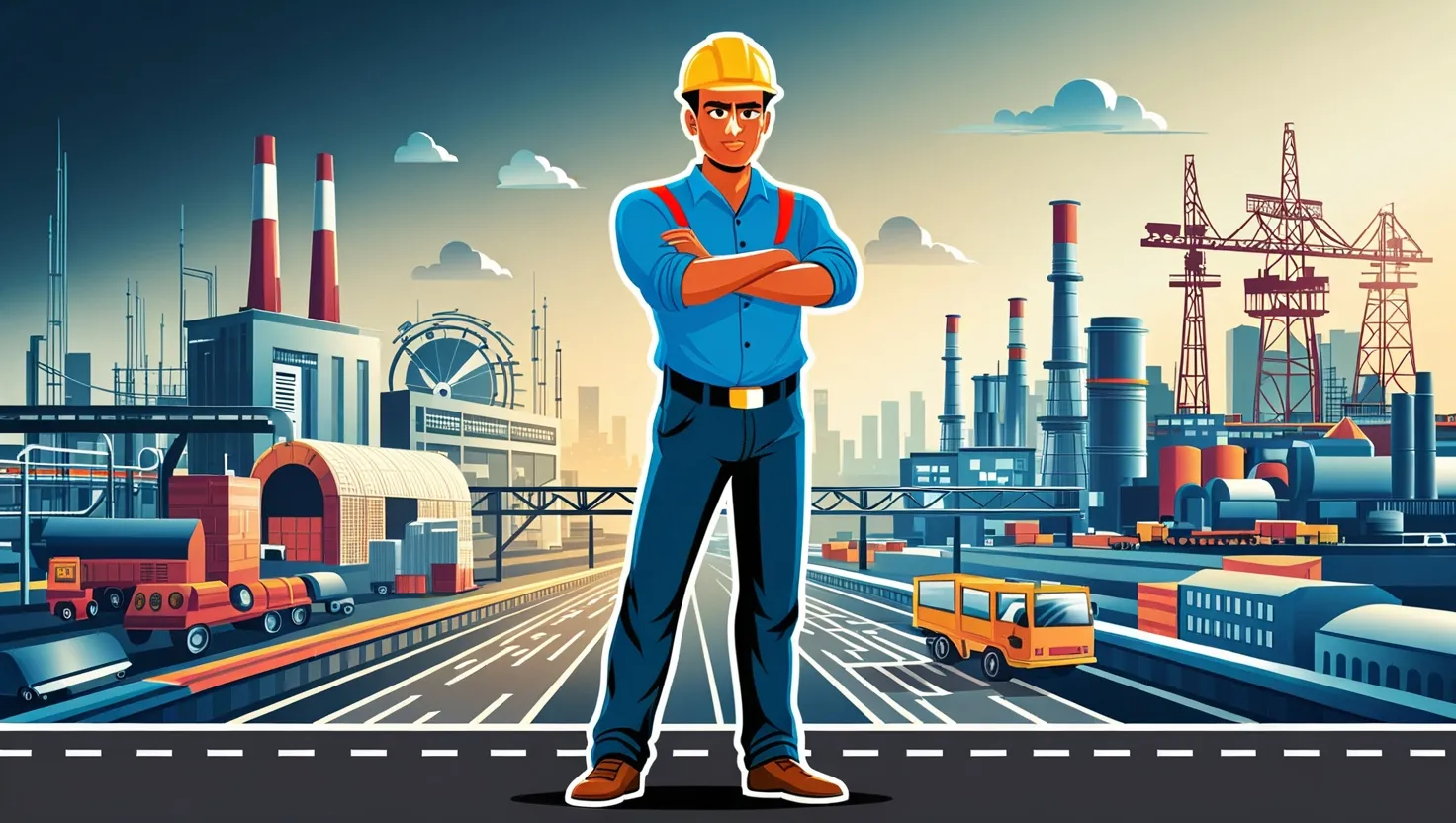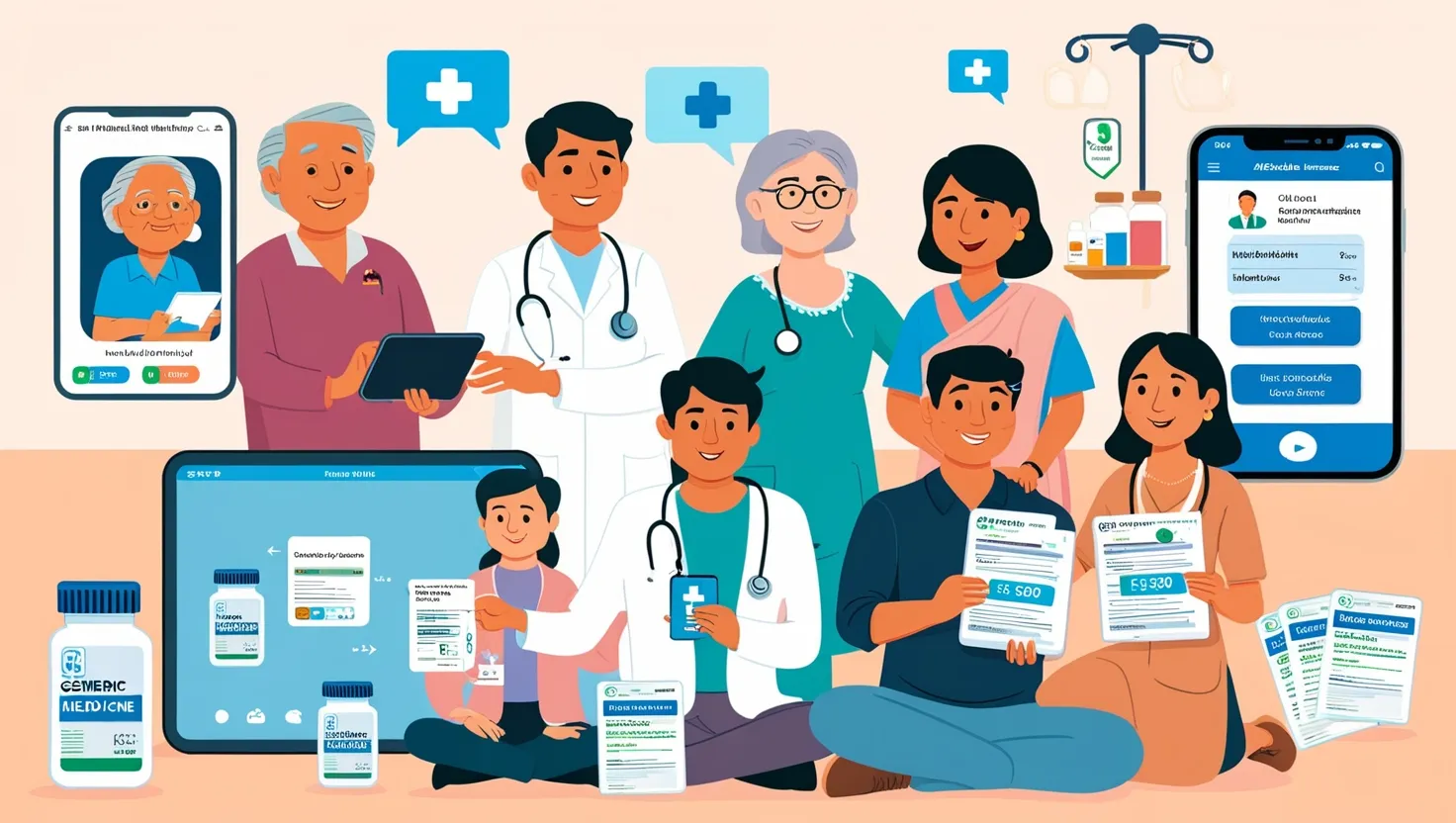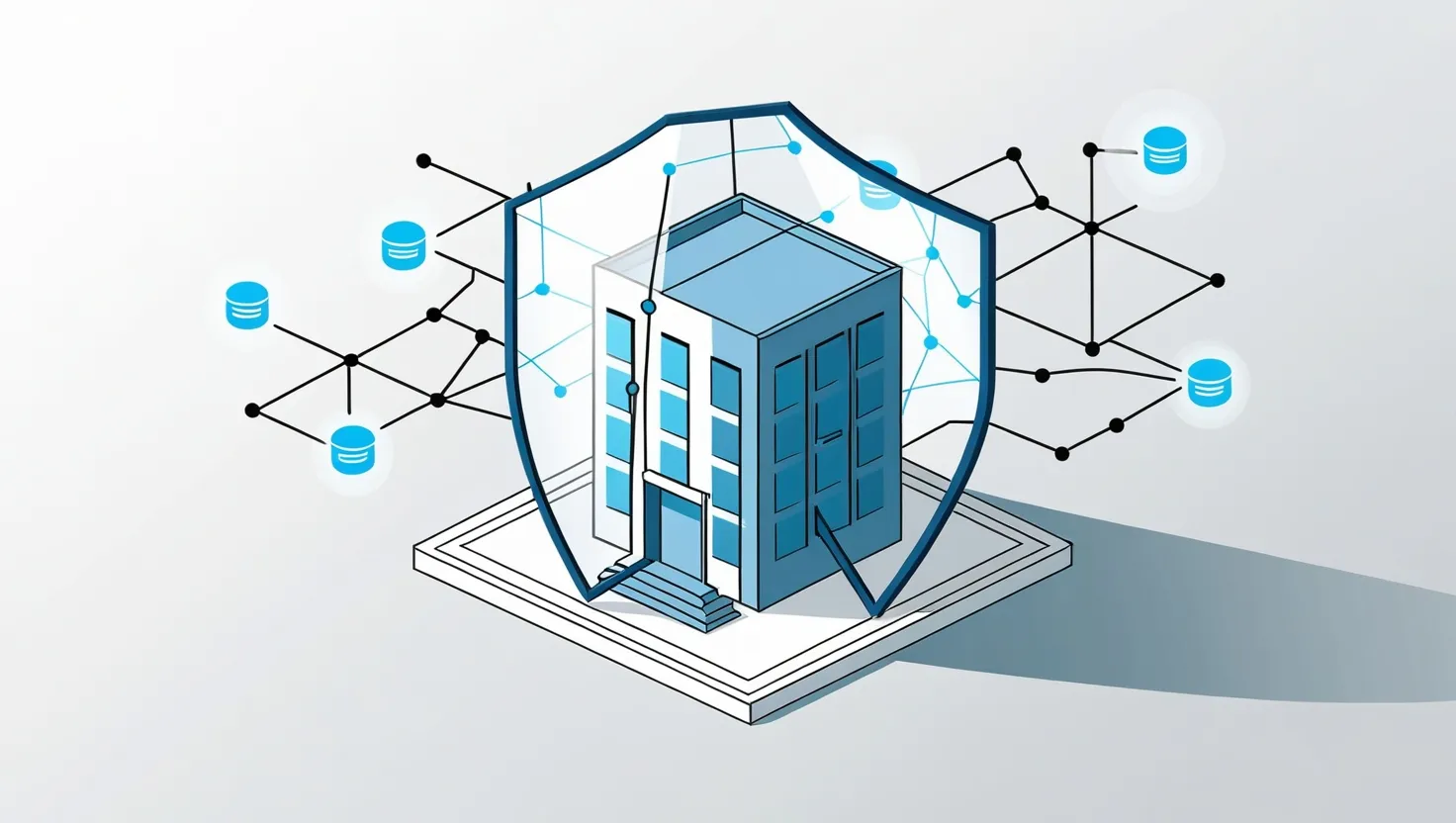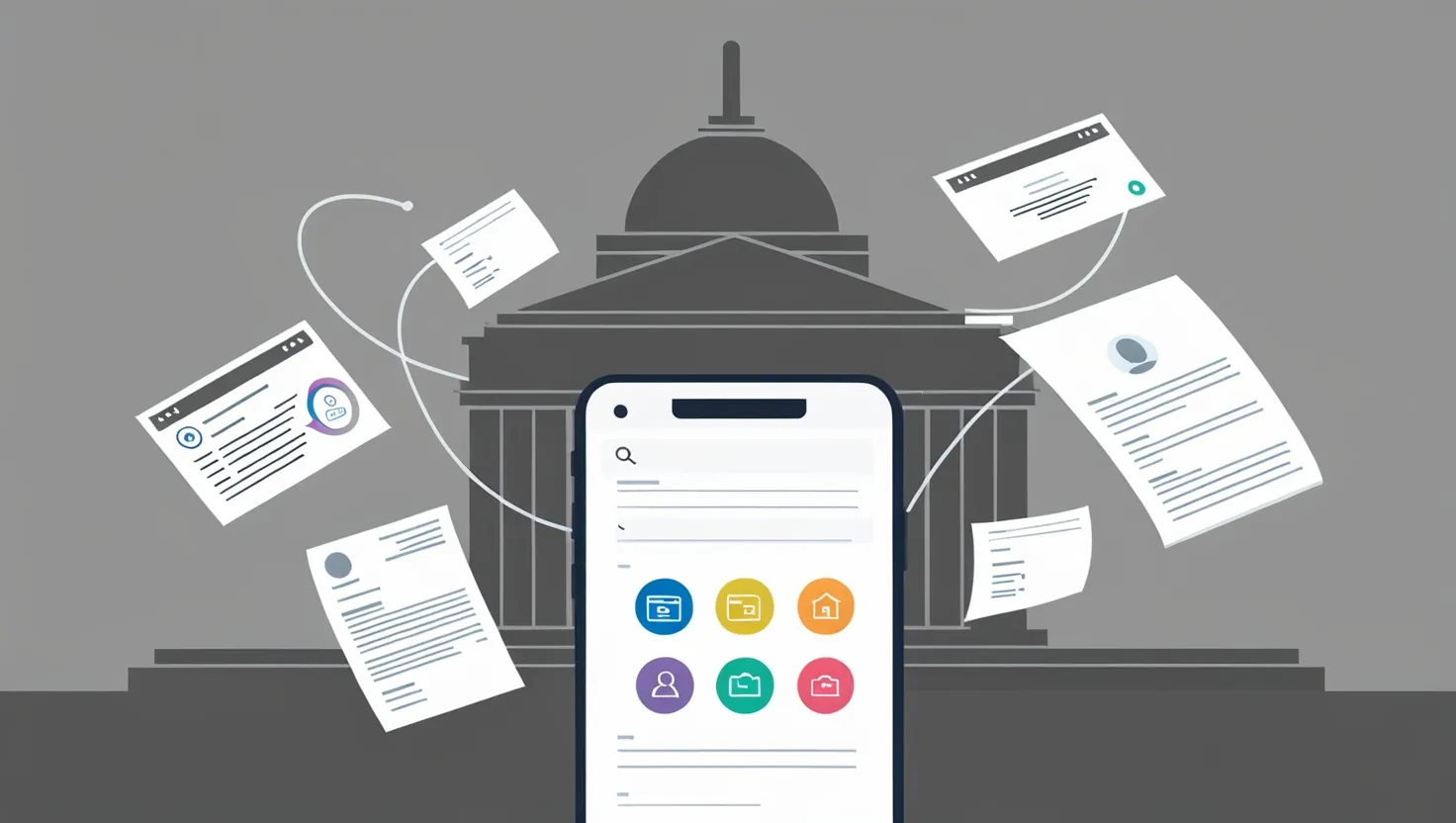Some technologies sweep through our lives so quietly, we barely notice at first. A decade ago, few imagined that renewing a driver’s license or paying property tax in India could take less time than brewing a cup of tea. Yet as I guide my friends and family through the maze of government paperwork today, we’re navigating a world that’s changed more in a few years than in the preceding half-century. Digital governance hasn’t just made things faster—it’s fundamentally changed the way we interact with civic systems. If you’ve ever felt the frustration of endless documentation, stamp-papers, or queuing in a government office, you’re not alone. But the last five years have rewritten the script. Let’s ask ourselves: When did you last need to dig out a yellowed birth certificate or queue for a bank passbook copy? If your answer is “not lately,” here’s why.
Consider Aadhaar. What started as a unique identity initiative has grown into a universal passkey that once seemed the stuff of futuristic bureaucracy. It replaced the old bundle of paper proofs—ration card, voter ID, PAN, passport—with a single number linked to your biometrics. I remember opening a new bank account in the early 2000s: a week, multiple visits, at least half a dozen documents, and not a small amount of anxiety. Now, with Aadhaar e-KYC, most banks open accounts in minutes. The same number lets you get mobile connections, pensions, gas subsidies, and even register property. Aadhaar isn’t perfect, but it dramatically cuts the risk of forged paperwork and identity theft that haunted earlier systems. The convenience isn’t just for the tech-savvy—my grandmother, who’s never used email, received her pension digitally verified, no thumbprint-wielding officer required.
“Technology is nothing. What’s important is that you have a faith in people, that they’re basically good and smart, and if you give them tools, they’ll do wonderful things with them.”
— Steve Jobs
The next leap came, quietly but powerfully, through DigiLocker. Imagine a digital vault, officially recognized, where all your certificates—marksheets, Aadhaar, PAN, vehicle registration, insurance—sit safe and accessible. I recall the disbelief when my niece uploaded her CBSE marksheet from DigiLocker for college admissions, only to be told, “No paper copy needed.” That’s when it struck me—DigiLocker isn’t just storage, it’s validation. Universities, passport offices, government agencies now accept digital proof straight from this locker. If you haven’t tried it, creating an account is simple. Visit the DigiLocker site, sign up with your mobile, link your Aadhaar, and start ‘pulling’ issued documents straight from the source. It feels almost magical: your degree or birth certificate, a swipe away, no frantic back-and-forth for notarized copies. And the time saved? Each transaction you do online replaces at least half a day’s worth of queues and paperwork.
Have you paid a bill or fee with UPI lately? For me, UPI has transformed ‘payment’ from an errand to an afterthought. The Unified Payments Interface isn’t just a mobile wallet—it’s a backbone connecting banks, apps, and now even government portals. The real difference? You don’t need to stand in line to deposit property tax, pay for a traffic fine, or settle utility bills. One of my favorite examples is applying for a new passport: after filling forms online, I paid the fee using UPI from my phone in a couple of taps. No demand draft, no cash, no anxious waits. If I make a mistake, the refund comes straight to my account. Municipal corporations, power boards, even courts now use UPI for fees. This shift isn’t just about saving time—it’s a silent revolution against petty corruption and cash dependence. When was the last time you had to handle cash for a government payment?
“Paper is poverty… it is only the ghost of money, and not money itself.”
— Thomas Jefferson
Judicial services are often seen as one of the most paperwork-heavy corners of government. Even lawyers resigned themselves to lugging files across courts for a single hearing. But with e-Filing and virtual hearings, the picture is changing. I’ve watched legal professionals upload petitions from home, get instant digital receipts, and schedule hearings without physical presence. For citizens, e-Courts mean you can look up case status, submit evidence, and access certified orders online. Perhaps it isn’t perfect yet, but the days of sitting in court corridors for routine follow-ups are fading. What’s most encouraging is seeing how virtual hearings have let people contest a traffic fine or settle small disputes without the logistical nightmare of traveling miles or hiring a local agent. A system once designed for administrators is slowly, but surely, tilting towards the citizen.
Centralized government portals sound dull, but the real-world impact is anything but. Platforms like Parivahan for vehicle-related services and mSeva for a cluster of certificates bring countless activities—license renewals, permit applications, challan payments—under a single digital umbrella. Where once you’d brave different offices for a driving license, vehicle registration, or pollution certificate, now a single login lets you access them all. My favorite “life hack” is using these portals to renew a driving license from a different state, all documents uploaded through DigiLocker, fee paid by UPI, appointment scheduled online. No touts. No paperwork. No nervous anticipation of missing a stamp or signature. The reduction in both time and cost is enormous, but perhaps more remarkable is the way these platforms have reduced friction for ordinary people interacting with government.
Are we finally seeing the end of the “chai-pani” culture, where every step in officialdom meant a discreet request for tea money? Digital systems aren’t immune to flaws, but with every new service moved online, the margin for arbitrary delays and under-the-table fees shrinks a little more. In fact, many cities now offer instant property tax receipts, birth or death certificates, and even marriage registrations—making paperwork feel like an online shopping experience rather than a test of stamina.
“What the computer is to me is the most remarkable tool that we’ve ever come up with. It’s the equivalent of a bicycle for our minds.”
— Steve Jobs
Let’s make this practical. Suppose you want to use DigiLocker: start by downloading the app or visiting the website. Sign up using your mobile, link your Aadhaar, and validate with an OTP. Once authenticated, you can ‘pull’ documents like your driving license or education certificates from issuing authorities—many boards, universities, and ministries are now direct participants. Want to link Aadhaar with your pension? The portal of your pension provider is likely to offer a straightforward ‘Aadhaar linking’ button. For most government applications, including new passports or property transactions, Aadhaar e-KYC replaces all the old stacks of self-attested photocopies.
And if you haven’t explored apps like Umang, you’re missing out. Think of it as a “government app store”—one place to request certificates, apply for subsidies, track application status, and even pay taxes or utility bills. Instead of remembering dozens of websites and credentials, Umang centralizes them with a single login, saving both memory and effort. If you’re renewing a vehicle registration or applying for a birth certificate, you can do it on your phone while waiting for a train.
This isn’t simply about saving time, though that alone would make it revolutionary. In practice, the shift to digital paperwork means people in remote areas, or those with disabilities, gain access that was once denied by geography or bureaucracy. It lowers the cost of compliance for everyone—a business renewing half a dozen licenses or a retiree verifying pension eligibility. And it isn’t just about the individual: for the government, these systems cut down on document fraud, reduce storage costs, and produce digital audit trails. Imagine the amount of storage, bureaucracy, and manpower saved nationwide, just by not having to archive so many paper forms.
Can you recall a time you lost a document and dreaded the process of reissue? Today, many such certificates exist in perpetuity online, ready to be shared at the click of a button. Need to submit educational certificates for a job? Share a secure DigiLocker link that verifies authenticity—no postal delays, no risk of tampering. Even property deals, often the most paperwork-heavy transactions, are beginning to rely on digital records and e-stamping. In many states, you can now pay stamp duty digitally, and your transaction is authenticated in real-time, making the process swifter and more transparent.
Digital governance in India isn’t about making everything perfect at once. There are still gaps—digital literacy, rural internet reach, occasional system outages—but the direction is clear. Each change gives ordinary citizens more control, more transparency, and more time to spend on things that actually matter. We’re moving from a world where government paperwork was a black hole of time and energy, to one where it’s increasingly just another tap on your phone.
“Never doubt that a small group of thoughtful, committed citizens can change the world; indeed, it’s the only thing that ever has.”
— Margaret Mead
So, next time you need a government service, pause before printing out a sheaf of forms or searching for that misplaced certificate. Check whether there’s a digital option. Try DigiLocker, use UPI, explore Umang, or search for a centralized portal for your need. Every digital step you take is chipping away at bureaucracy, bringing us closer to a system that serves, rather than frustrates. And maybe—just maybe—it’s proof that transformation doesn’t always roar. Sometimes, it quietly changes everything.
